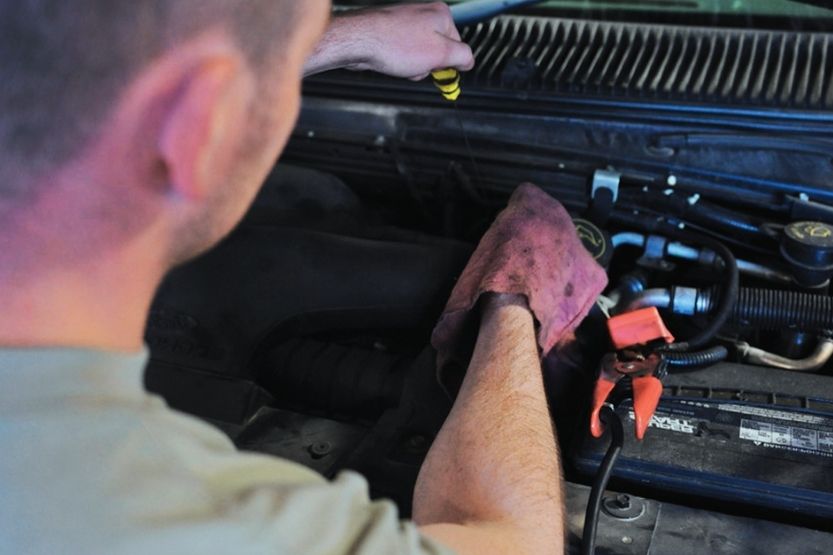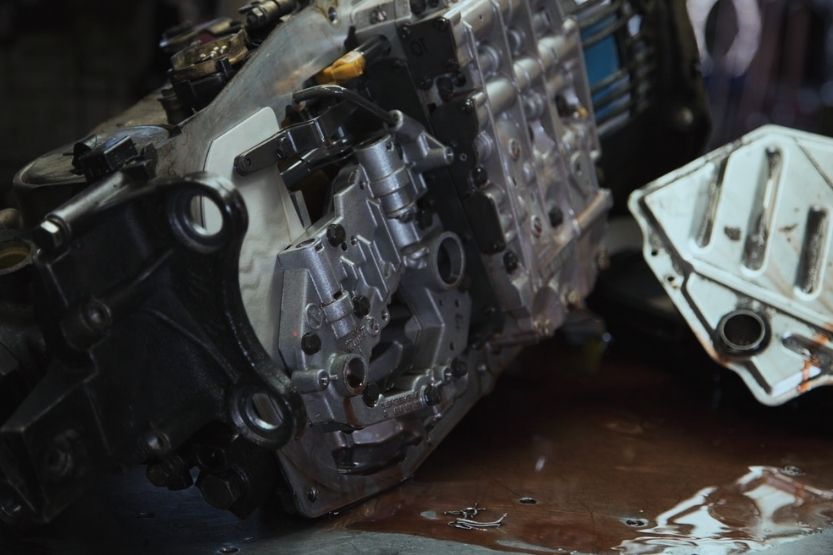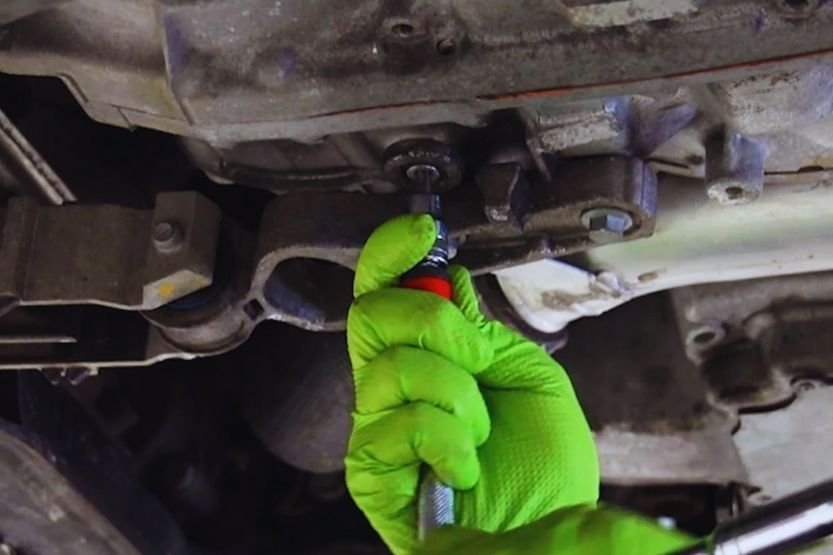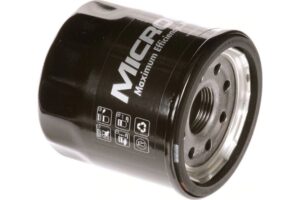Cars need a transmission flush to cool and lubricate the gears inside the transmission box. This process is required for maintenance to ensure that your car’s transmission will last a very long time. But how much does a transmission flush cost?
The average transmission flush cost is between $125 and $250. Flushing costs about twice as much as the usual transmission fluid change. This is because flushing the transmission fluid will require more liquid and a more complex procedure than simply changing the fluid.
Read on to learn more about how much it costs for a transmission flush and the process involved.
What Is a Transmission Flush?

Transmission Fluid Cools and Lubricates the Car’s Transmission System
The transmission fluid is the liquid that cools and lubricates the car’s transmission system. You should periodically change this fluid because it will eventually lose its ability to protect the engine.
Overheating Transmission Box Can Result in Engine Failure
When the transmission box overheats, the engine could fail. That’s why it’s important to check your car’s manual to know how frequently you must flush this fluid inside your car.
Transmission Fluid Change vs. Flush
As implied earlier, there are two ways to renew your car’s transmission fluid. The first method is simply changing it, which follows a method that is like an oil change.
In this method, the fluid is drained into a pan, and the screens, gasket, and filters are replaced. However, this method won’t remove all the old fluid from the system. Often, only 70% of the fluid gets drained out.
The transmission flush process is slightly different. Unlike the traditional oil change system, this method involves completely flushing out the old fluid from the system using pressure or vacuum.
So aside from just the fluid, any other debris or metal shaving combined with the fluid will be removed entirely, leaving the system almost new.
How Often Do You Need Transmission Fluid Flush?
Whether your car is manual or automatic, you’ll need to change its transmission fluid frequently. While it’s true that automatic cars may need less than manual cars, every car owner must know when or how they can maintain their transmission.
Generally, transmission fluids must be changed every 30,000 miles for manual cars and every 60,000 miles for automatic.
However, some automatic cars have seen a mileage of 100,000 without needing to change the transmission fluid. But cars with CVT transmission types will need transmission flush a bit more frequently.
To be sure, check your car’s manual. Your car manufacturer will recommend a maintenance schedule that includes changing the transmission fluid. Doing so will ensure that your vehicle is always in tip-top form.
Flushing the transmission fluid will save you from many hassles, especially when it comes to transmission replacement or repairs.
What Happens If You Don’t Flush Your Transmission?

Over time, dirt and debris are trapped in the transmission fluid. These will cause a lot of stress on the device’s moving part. You’ll eventually have trouble shifting gears if left ignored for some time. Sometimes you’ll get stuck, and your transmission will slip.
Once you experience these problems, the recommended solution is to get the entire transmission box replaced or rebuilt. This will cost you much more than simply flushing the transmission fluid regularly.
You’ll know if it’s time to change your transmission fluid because you’ll notice that there’s something wrong when using your gears. If you feel that your engine is revving up between gear changes, it’s a sign that you need the transmission fluid checked.
The same goes if it feels rough changing gears or it’s challenging to shift from one gear to another like it’s locked.
Changing the transmission fluid can fix cars with problems going into reverse mode. Consult with a trusted mechanic if you experience one or all these symptoms. Here are more issues to watch out for:
1. Stalling
Stalling happens when there is a delay when accelerating. This is a common issue for cars with used-up transmission fluid. If your car’s transmission fluid is worn out, there are high chances that it will stop as you try to shift from one gear to another.
2. Slow Gear Changes
If your car is slower in changing gears now than ever, you must have a problem with your transmission. Aside from experiencing a long pause when shifting, your car may lurch forward and back. This can be felt either when decelerating or accelerating.
3. Odd Noises
Cars make a lot of noise, most of which is normal. But if you hear unpleasant sounds when changing gears, the problem must be in your transmission.
It may mean that either your transmission box is leaking or lacks fluid. These odd noises may be crunching or grinding sounds when changing gears.
4. Fluid Leaks
If your transmission box leaks, you’ll notice some pink or red liquid under your car. Remember that when your transmission fluid is worn out, it may cause overheating. Too much heat can cause the rubber seals and hoses to melt, allowing the fluid to leak.
5. Burning Smell
As stated earlier, transmission fluid that has been used for a long time could no longer help in cooling down the system. Therefore, there will be intense heat inside the transmission box.
Aside from that, much friction between the moving parts and debris will form. These issues combined will lead to a burning smell inside the box as the fluid starts to heat up.
Again, how much does a transmission flush cost? Getting a transmission flush can cost between $125 and $250, depending on several factors, such as the shop, vehicle size, etc. Grab discount deals so that you can save money.
Should You Change or Flush Your Car’s Transmission Fluid?

As discussed, flushing the transmission fluid differs from a transmission fluid change. If you’re asking, “Does a transmission flush cost more than a transmission fluid change?”
The answer is yes. Flushing your transmission fluid may cost you around $200. Changing the transmission fluid will be much cheaper, possibly half the price.
A transmission fluid change is also much faster and easier to do. A lot of people can do it at home. You must open the valve, empty the fluid inside, and then fill it up again.
However, you won’t be able to drain all the transmission fluid inside the car using this process. There will still be remnants of the old fluid inside. Most of the debris and contaminants may still be there too.
On the other hand, if you choose to do a transmission flush, you force all the fluids inside the flush using the system’s own pressure. Alternatively, you may also use a vacuum. Some mechanics may also use a cleaning agent to make the process more thorough.
It’s impossible to flush a transmission fluid at home because this process requires special tools and products. It is also more complicated to do compared to a fluid change. But then, it is also more efficient and could reset your transmission fluid to near-factory settings.
How Much Does It Cost to Have a Transmission Flush?
The actual cost for a transmission flush procedure would depend on your car. For example, if you own a Ford F-Series, you can expect to pay between $300 and $400 for a transmission flush service. Ford Fusion and Ford Focus will cost you between $160 and $240.
If you own a Honda Accord, expect to pay anywhere between $160 to $190. On the other hand, a Honda CR-V can go as high as $310. Nissan, Toyota, and Chevrolet sedans cost at least $150, $220, and $210, respectively.
Can You Change Your Car’s Transmission Fluid Yourself?
If you’re bothered by the cost of a transmission flush and would instead change the fluid yourself, you can very well do so, but you must proceed with utmost care. Remember that while you can change your transmission fluid easily, you cannot flush it alone. The differences between these two processes have been previously described, as well as their pros and cons.
Changing your transmission fluid would require using a jack to find where the transmission box is located and then find the drain bolt. Wear gloves if you want to proceed with this; turning the bolt will cause the fluid to seep.
Then remove the drain pan and change the filters. Now you’re ready to pour new transmission fluid into your car. You must know how much you need to put back in.
Determine the reservoir’s capacity and measure how much fluid you’ve taken out. Always consult your car’s manual as the process of draining transmission fluid may differ for each car model and make.
Conclusion – Transmission Flush Cost
There are at least two ways to remove the old transmission fluid from your car, and the transmission flush method is the preferable option. While it might be costlier than simply doing a transmission fluid change, it offers more advantages, such as a much cleaner transmission system.
Go around some of the car repair shops in your area and ask how much is a transmission flush service done in their garage. That way, you’ll know the price you’ll have to prepare. By surveying, you can also rightly decide where to take your car for a transmission flush service.
In the end, it is always better to have your car’s transmission fluid checked and flushed regularly to ensure that your car runs in its best possible condition. You’ll then be assured that your car will last longer and carry you safely on the road.

![What Is a Transmission Flush? [All About Transmission Flushes] what is a transmission flush](https://roadsumo.com/wp-content/uploads/2021/12/what-is-a-transmission-flush-150x150.jpg)






![Read more about the article Does Walmart Do Oil Changes? [Walmart Oil Change Guide]](https://roadsumo.com/wp-content/uploads/2022/03/does-Walmart-do-oil-changes-300x200.jpg)
